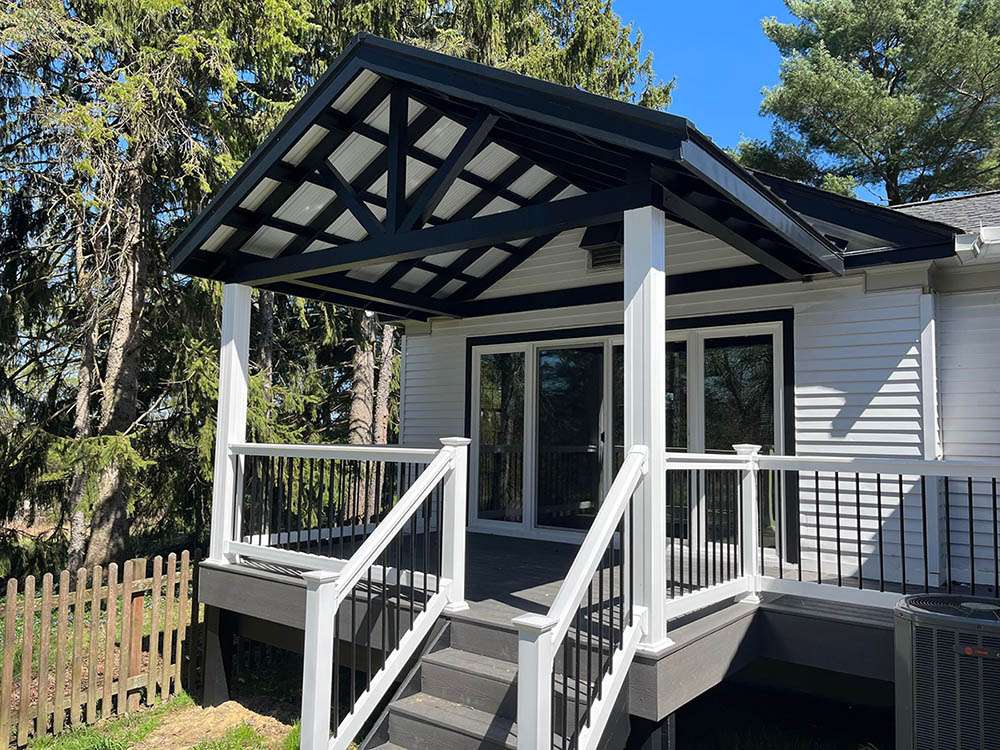Aluminum siding is a popular choice for homeowners because it requires little maintenance and is durable. However, after a few years, it may start to look faded or dingy, making it a good candidate for a fresh coat of paint. Painting aluminum siding is a DIY project that can be done with a little know-how and the right tools.
Preparation: Cleaning and Priming the Surface
The first step in painting aluminum siding is to clean it thoroughly. This is important because any dirt, grime, or oils on the surface will prevent the paint from adhering properly. Use a pressure washer to blast away any dirt, or a mixture of water and a mild detergent to scrub the surface by hand. Rinse the siding well and allow it to dry completely before beginning the painting process.
Next, apply a primer designed for use on aluminum surfaces. This will help the paint adhere better and will also prevent any discoloration from the aluminum showing through the paint.
Choosing the Right Paint
When selecting paint for your aluminum siding, look for a product that is specifically formulated for use on metal surfaces. These paints are designed to withstand the elements and will provide long-lasting results. Choose a paint with a high-quality resin that will give a smooth, durable finish. Tools and Equipment Needed for Painting Aluminum Siding. To paint aluminum siding, you will need:
- Paint sprayer
- Paintbrushes
- Paint roller
- Drop cloths
- Ladder
A paint sprayer is the quickest and most efficient way to paint aluminum siding. If you don’t have access to a paint sprayer, a paintbrush and roller will work just as well.
Next, apply a primer designed for use on aluminum surfaces. This will help the paint adhere better and will also prevent any discoloration from the aluminum showing through the paint.
Painting Aluminum Siding
- Cover the ground and any surrounding objects with drop cloths to protect them from paint splatters.
- Begin by painting the edges and corners of the siding first, using a paintbrush. This will give you the most control in these tight spaces.
- Move on to the larger flat areas, using a paint roller.
- For the quickest and most even coverage, use a paint sprayer.
- Allow the first coat to dry completely before applying a second coat, if necessary.
Tips for a Professional Finish
- Always paint in the direction of the aluminum grain to avoid unsightly brush marks.
- Work in small sections to ensure even coverage and to prevent drips and runs.
- Avoid painting on hot or sunny days, as the paint will dry too quickly and may not adhere properly.
- Wait until the first coat is dry before applying a second coat. This will prevent the paint from becoming too heavy and causing drips and runs.
Conclusion
Painting aluminum siding is a DIY project that can be done with a little know-how and the right tools. By following these steps, you can give your home a fresh, updated look that will last for years to come. With a little patience and attention to detail, you can achieve professional results and enjoy a beautiful, well-maintained home.





